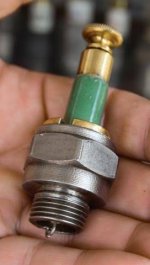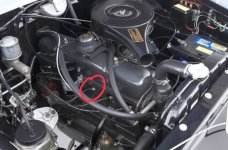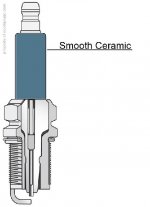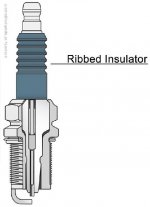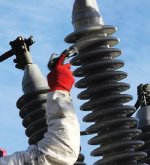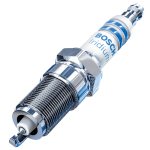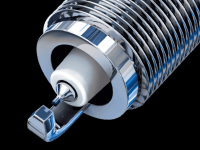Sean,
The main reason iridium (and to a lesser extent platinum) plugs last longer is that when a plug fires, a small amount of the centre electrode is removed when it arcs between the centre electrode to the earth electrode.
Typically these plugs used copper cores and nickel plated steel for the electrodes.
The iridium resists this damage or wear better than other metals once used.
On cars that have twin firing systems, where a second spark is fired immediately after the ignition spark, which fires backwards from the earth electrode to the centre electrode, then material is removed from the earth electrode as well, so it wears twice as quick.
You can’t see the build up from one point to the other as it is burned away by the combustion process.
But where you can see it best in older cars is the ignition points.
You can clearly see the wear or the damage voltage can do.
By the way, the higher the voltage, the less wear or damage occurs, thus some of today’s ignition voltages are many times more than they used to be, with death causing amperage to boot (no pun intended)
The main driver of these type of exotic metals in spark plugs, was to increase the life, simply due to the almost impossible places they are put in an engine.
(Remember Brian telling us about a Bentley W12 has to have the engine dropped, but not removed to change plugs?)
These types of exotic metals, and plugs and their longevity is a gift from F1 as so many things in modern cars are these days.
 in one of the Cars ?????? No issues with starrting and running in either car.
in one of the Cars ?????? No issues with starrting and running in either car.
